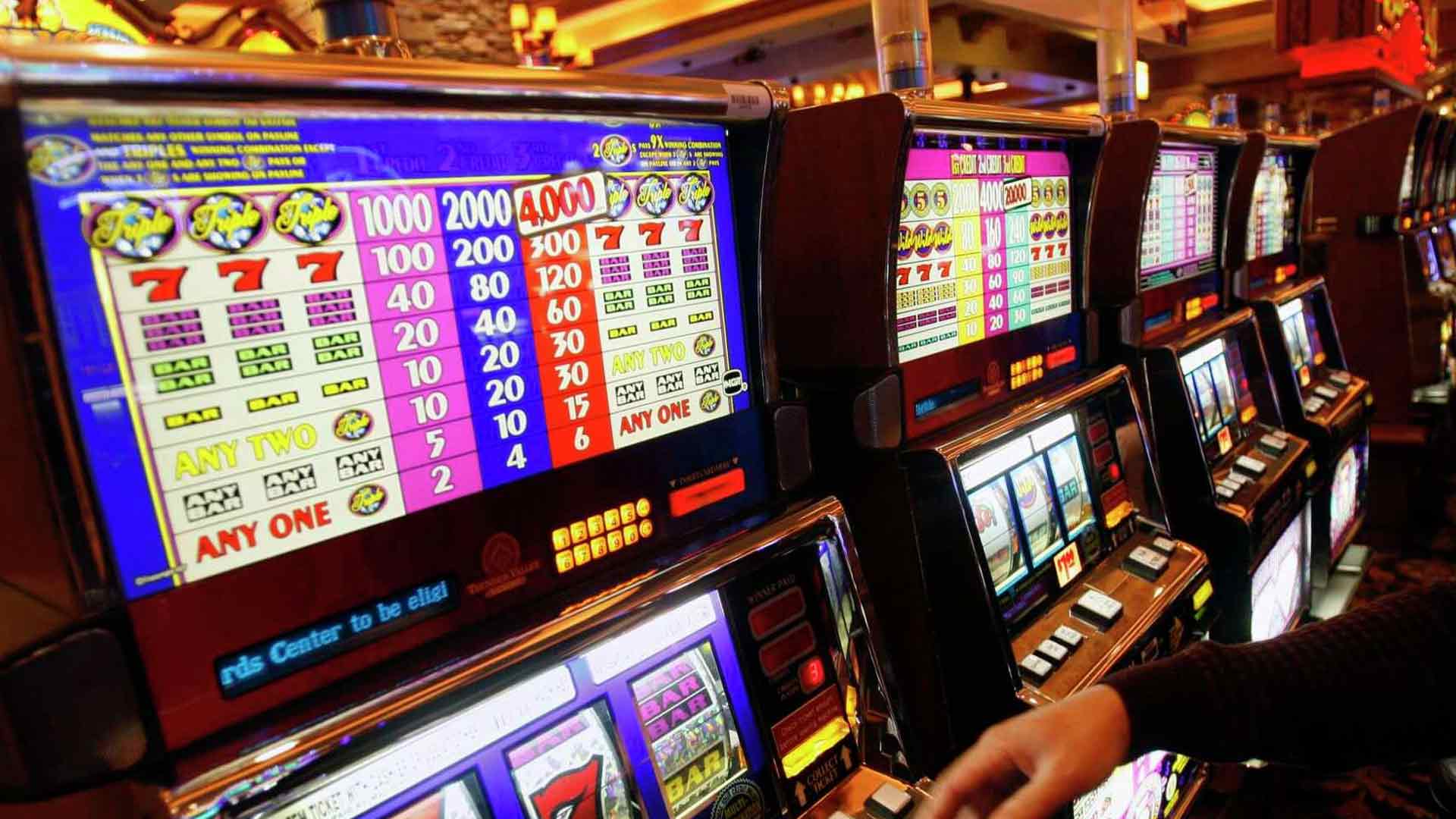Casino Architecture and Its Psychological Tricks
```htmlCasino Architecture and Its Psychological Tricks
Casinos, those glittering temples of chance, are not just about the games. They are meticulously designed environments engineered to maximize player engagement and, ultimately, profitability. Understanding the intricacies of casino architecture reveals a fascinating world of psychological manipulation, where every detail, from the lighting to the layout, is carefully considered to influence your behavior. This article delves into the strategic design elements and psychological tricks employed by casinos to create an immersive and persuasive experience.
The Illusion of Time and Space
One of the primary goals of casino architecture is to disorient players and disrupt their sense of time and space. This is achieved through several key strategies:
- Maze-like Layouts: Casinos often feature complex, labyrinthine layouts with winding pathways. This makes it difficult for players to quickly locate exits or find their way around. The extended journey keeps players within the casino environment for longer periods, increasing their chances of playing more games.
- Lack of Clocks and Windows: The absence of clocks and windows is a deliberate design choice. Without visual cues to the passage of time, players are more likely to lose track of how long they have been gambling. The dim lighting, artificial air, and constant activity further contribute to the feeling of being in a timeless bubble.
- Low Ceilings and Narrow Pathways: Strategic placement of low ceilings and narrow pathways create a sense of confinement, subtly making players feel like they are already "locked in" to the casino environment. This increases the feeling of being trapped and discourages the player from exiting.
Sensory Manipulation: A Symphony of Seduction
Casinos are masters of sensory manipulation, using a combination of sight, sound, and smell to influence players’ emotions and behavior:
- Lighting: The lighting in casinos is typically a blend of bright and dim areas, with strategic spotlights highlighting the games and the winning players. The bright lights draw the eye, while the dim areas create a sense of mystery and intimacy, fostering an atmosphere of excitement and anticipation.
- Sound: The soundscape of a casino is a carefully orchestrated blend of sounds. The ringing of slot machines, the clinking of chips, the upbeat background music, and the occasional cheers of winners create a stimulating and captivating atmosphere. These sounds encourage players to associate gambling with positive experiences.
- Smell: Some casinos strategically introduce pleasant scents, such as vanilla or floral fragrances, to create a more relaxing and enjoyable environment. These scents can subconsciously influence players to stay longer and gamble more.
- Color: The use of specific colors is also a psychological tool. Bold colors, such as red, are frequently used, as they can evoke feelings of excitement and energy. Red is also often associated with good luck in many cultures, further enhancing its appeal.
The Psychology of Game Placement and Design
The placement and design of casino games are far from random. They are carefully planned to maximize player engagement:
- High-Traffic Areas: Popular games, such as slot machines, are strategically placed in high-traffic areas to attract attention. This is especially true for games that offer the possibility of large jackpots.
- Easy-to-Play Games: Casinos offer a wide variety of games, but the most popular ones are typically those that are easy to learn and play, such as slot machines. The simplicity encourages frequent play and minimizes the need for players to learn complex rules.
- Winning Sounds and Visuals: Games are designed to provide frequent, even if small, wins. These wins trigger the release of dopamine in the brain, creating feelings of pleasure and encouraging players to continue playing. Visuals, such as flashing lights and animated graphics, further enhance the excitement.
- The "Near Miss" Effect: Slot machines are programmed to occasionally display "near misses," where the player comes close to winning but doesn’t quite achieve the winning combination. This creates a feeling of anticipation and encourages players to keep playing in the hope of finally hitting the jackpot.
Responsible Gambling and Recognizing the Tricks
While understanding the psychological tricks employed by casinos can be fascinating, it's important to approach gambling responsibly. Awareness is key. Being aware of these techniques can help players make more informed decisions and avoid falling prey to the manipulative tactics of casino design.
- Set a Budget: Before entering a casino, set a strict budget and stick to it. Never gamble with money you cannot afford to lose.
- Set Time Limits: Establish time limits for your gambling sessions. Taking regular breaks and walking away when you reach your time limit helps to prevent you from overspending and overplaying.
- Recognize the Signs of Addiction: Be mindful of any signs of problem gambling, such as chasing losses, neglecting responsibilities, or experiencing financial difficulties.
- Consider Online Alternatives: If you're looking for a gambling experience that provides more control and flexibility, consider m88 best online casino. These platforms allow players to set their own limits, take breaks easily, and access a wide range of games from the comfort of their own homes.
In conclusion, casino architecture is a sophisticated blend of design and psychology. By understanding the techniques casinos use to influence player behavior, individuals can approach the gambling experience with greater awareness and make more informed decisions. Responsible gambling is essential for ensuring that the thrill of the game remains a source of entertainment rather than a source of financial or emotional distress.
```tag: M88,



